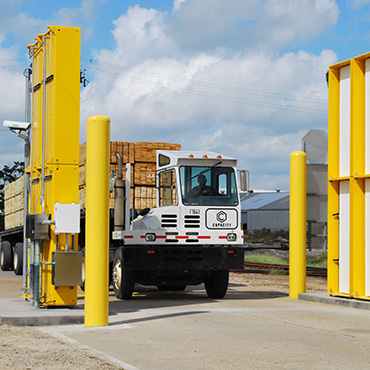GAO to CBP: Put testing data to better use for border security

GAO says Customs and Border Protection could do a better job analyzing information gathered on security tests at ports of entry.

The Government Accountability Office says Customs and Border Protection could do a better job analyzing information gathered on security tests at ports of entry.
Customs and Border Protection needs to do a better job analyzing and circulating data gleaned by its undercover unit that secretly probes U.S. border facilities looking for the potential to smuggle nuclear material into the country, a new Government Accountability Office study says.
GAO found CBP's Operational Field Testing Division -- using a $1 million budget that covered a number of covert border testing activities -- had conducted 144 nuclear material testing operations at 86 locations between fiscal 2006 and 2013, selecting locations from among 655 U.S. air, land and sea port facilities, checkpoints and certain international locations.
The results showed differences in the rate of success for intercepting smuggled nuclear and radiological materials across facility types. But GAO said that OFTD was not correlating the results to help bolster defenses across all locations. The report also noted that the agency had not conducted a risk assessment to prioritize locations, material and technologies tested in the covert operations.
A risk assessment of the operations, said the report, would go a long way toward maximizing resources and strengthening detection capabilities at the most vulnerable ports and checkpoints.
CBP slyly tests U.S. inland and maritime ports and checkpoints, as well as some overseas facilities for vulnerabilities in their radiological detection systems. Covert operations can include teams of agents who try to smuggle nuclear and radiological materials by detection sensors at those facilities. Ports across the U.S. have radiological sensors at exits that screen cargo trucks before they leave the facility. CBP agents manning the facilities also have hand held radiation sensors inside the facilities to test cargo.
GAO recommended that the testing division establish time frames for reporting covert operations results and develop a mechanism to track whether ports of entry and checkpoints implemented corrective actions. Both actions, it said, could help inform management decision making on the need for further investments in equipment or personnel training to protect U.S. borders.
NEXT STORY: A to-do list for the 'data agency'


